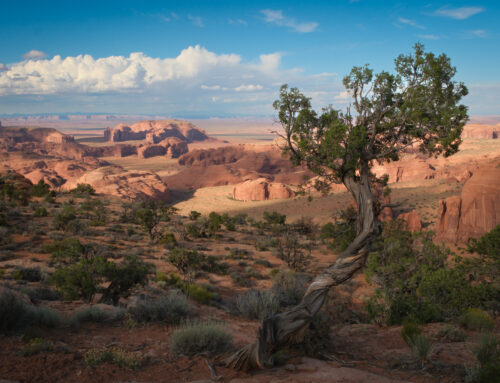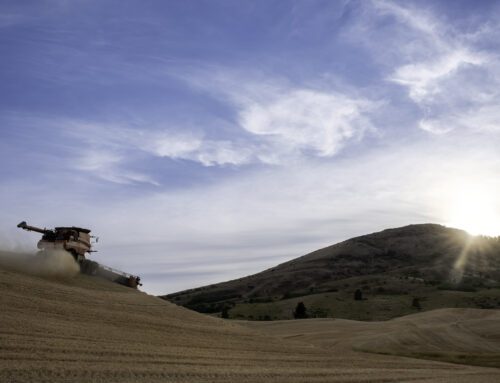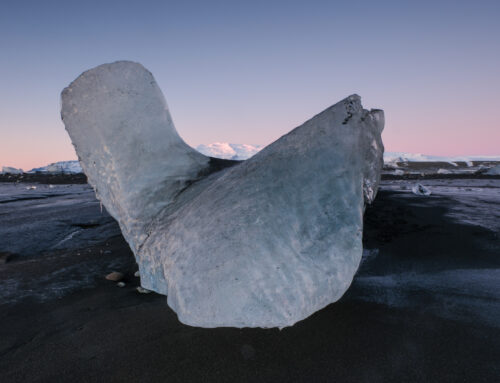For the second year in a row we made the trip to the amazing state of Alaska to photograph the Alaskan Brown Bear feeding on salmon. The salmon run is the largest in the world and the rivers can run red, looking like one could walk across the water on the backs of the fish. It is a truly amazing experience to witness this annual ritual of bears and salmon in the majestic landscape of Katmai National Park.
Working with Jack Graham Photography, this year we had 7 wonderful clients join us on the workshop. Our base of operations was located at a lodge in the town of Iliamna (not much of a town, but that didn’t matter for what we were doing) The lodge/outfitter we work with is one of the most respected operations in the area and has been taking care of clients for 30 years in Alaska. The lodge has a central house where all meals are served and then 5 cabins with two beds in each. It is a comfortable place to relax after a day photographing and the food is simply incredible!!! Fresh food expertly prepared by the resident chef….. we eat amazingly well on this trip!!
We had two float planes and numerous boats at our disposal to get to where the bears are. Each day our pilot would check the weather and determine the best location to find the most bears. And, considering that the salmon run was later this year, having an experienced guide to get you to the most promising locations is invaluable. Alaska, and Katmai, is huge and if you don’t have years of experience with you, you’re chances on being “on the bears” will greatly diminish. Every day in the field we were treated to numerous bears at each location we were at. One of the days I counted that we had seen 43 individual bears over the course of the day!!!!
Each day we would gather in the lodge for a hearty home cooked breakfast, talk about photography or just enjoy the company, then based upon the weather and bear patterns discuss our intended photographic location for the day; what to expect, what gear or clothing might be needed today, etc. Once done, we each grabbed a lunch packed for us and headed back to our rooms to suit up in our provided waders and wading boots, making sure we have all of our camera gear (especially memory cards and fully charged batteries!) and then gathered around the dock to board the floatplane. There is a tried and true method for loading the gear on the plane and each day we followed the same process to ensure consistency and a properly balanced load that wouldn’t shift and cause problems mid-flight.
It’s a tight fit in the airplane and each day the flight to our location was around 25-40 minutes depending on the location and the weather conditions. With our experienced pilot (over 30 years alaska flying experience) we touched down on a remote lakes in Katmai National park and taxied to shore. Unload the airplane, grab some bear spray, and then shoulder the packs for the walk to our final destination. Most days our walk was less than 1/2 mile, though on one day we had a hike of 1.5 miles over un-even ground to our final destination. And thankfully, we don’t need to bring a ton of gear…many of us just had 1-2 camera bodies, tripod or monopod, our longest telephoto lens, a teleconverter and a wide angle lens for more scenic shots. I also brought along my 60mm macro lens if I had a desire to shoot some close up shots of anything interesting I found. In addition to my still photography gear, I brought along some video gear, including my Sony Action Camera, a shotgun mic for my Fuji cameras, and a handheld gimbal for the action cam.
As the week progressed we saw a huge variety of bears, from adult males(boars), adult females(sows), sows with cubs ranging in age from newborns to 2 year olds, and a variety of sub-adult bears (3-5 years old). Each bear has their own personality and behaviors and it was fascinating watching them as individuals and seeking to identify each one as best as I could. Because we visited the same location on several days, I became familiar with several of the bears and could start to anticipate their behavior and possible movements. And, what’s great is that last year we photographed a set of cubs and this year we saw them again, without their mom, as they fished and played in the water. Kind of like saying hi to old friends!
What was interesting for me is that it was a much different trip than last year. (last years trip posted HERE) As with almost all photography experiences, if you return to the same location on multiple times, it will always be a different experience…different lighting, changes to the environment, etc. Last year because of the timing of the trip and the timing of the salmon run, we had more overt fishing action that was easy to photograph. This year, the action was a bit more subdued and other behaviors were more evident than last year. The berries in the landscape, a prime source of food for bears, were ripe and plentiful so we saw lot of bears on the land foraging for berries instead of the water. This allowed us to get more scenic types of shots with majestic backgrounds. I saw more interaction between adult bears this year which lent itself to different types of images than I captured last year. In addition I saw a lot more “playtime” between the bears, both in the water and on land and came away with many good action shots between the bears. Working to utilize the available landscape, the behavior of the bears, etc….we all adapted to what was given to us and each person created some amazing images.
After 4 full days of shooting in the park, we had full memory cards and a half day left before needing to catch our flights home. Because the wind was blowing 20-30mph, there wouldn’t be any flying on this day, so we headed out for something different….we hopped in to a couple of trucks and headed to a nearby village to photograph a Russian Orthodox church and cemetery. Very cool to see something a bit different. After being in wide open landscapes with the exciting action of the bears, we had to switch our vision to more creative aspects to capture unique vignettes of the church and cemetery. We then went down next to a populated river area to photograph some fish racks used for drying fish in the open air. Lots of great monochrome opportunities. We then visited a local resident and were allowed to photograph their actual smoke house, used to smoke fish and other meats. Rusty metal, fishing nets, lichen and old wood……it was an abstract shooters delight! It was a unique and different way for us to finish off the trip.
So enough words, here are a few pictures. I’ve got a couple thousand frames to go through before settling on my final portfolio from the trip, so these will hopefully just whet the appetite for more!
This is a scene from our 3rd day and shows the plentiful bears at this location….two in the river and two more on the hillside behind. These two bears interacted for at least 20 minutes together, which is kind of rare considering bears don’t often socialize with other adults except during mating season. The darker bear was the aggressor and kept going at the lighter colored bear. They are relatively young bears and still had a lot of playfulness in them. I’m considering cropping (gasp) this image to just include the action scene…I’m curious how that will look and if the drama will increase.
Here two bears are play fighting as they float in the river. Big teeth, lots of nipping at each other and some wrestling. It was entertaining to watch them play. It was told to me by an Alaskan native that there is a little bit of labrador in every bear and watching this interaction really reminded me of dogs playing together (huge, furry, fierce dogs!!!)
This is one frame out of a series of shots that was perhaps the highlight series of the trip. This particular bear had a habit of grabbing a fish and throwing it in the air. It would throw the fish and then chase after it and do it again. On this particular sequence though, something a bit different happened. The bear picked up the fish to throw it, which you see in the image…the next shot in the sequence the fish has left the bears mouth and is seemingly flying in the air. The next shot you see the bears left paw swinging for the fish. Then you see its paw begin to strike the fish. Then you see the fish deform around the paw as the bear strikes it with a lot of force. And finally you see the fish flying off the paw. It was an amazing sequence to witness and I feel so fortunate to have captured it in my camera. I can’t wait to process the full series to show this unique behavior.
What is starting to become a tradition with us (we did this last year) we all pose for a pic in front of our floatplane. Pictured is our group, plus the pilot, plus another guide and client.
We were blessed with good weather, great scenery, amazing bears and a wonderful group of people to spend a week and hopefully make lifelong lasting memories.









Leave A Comment